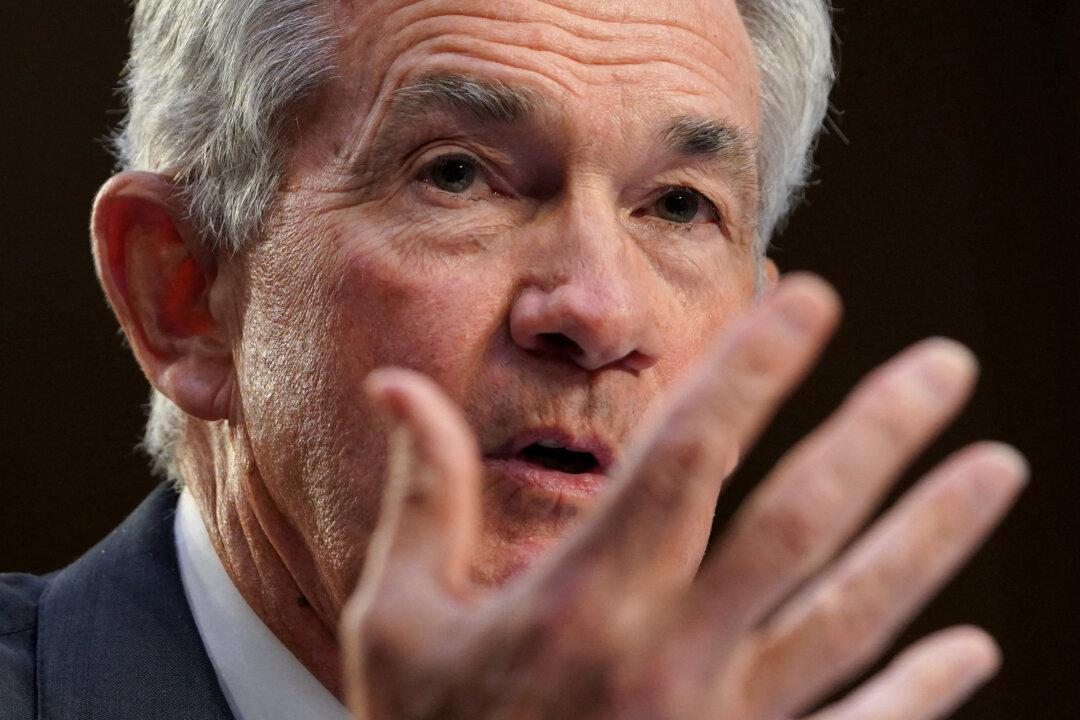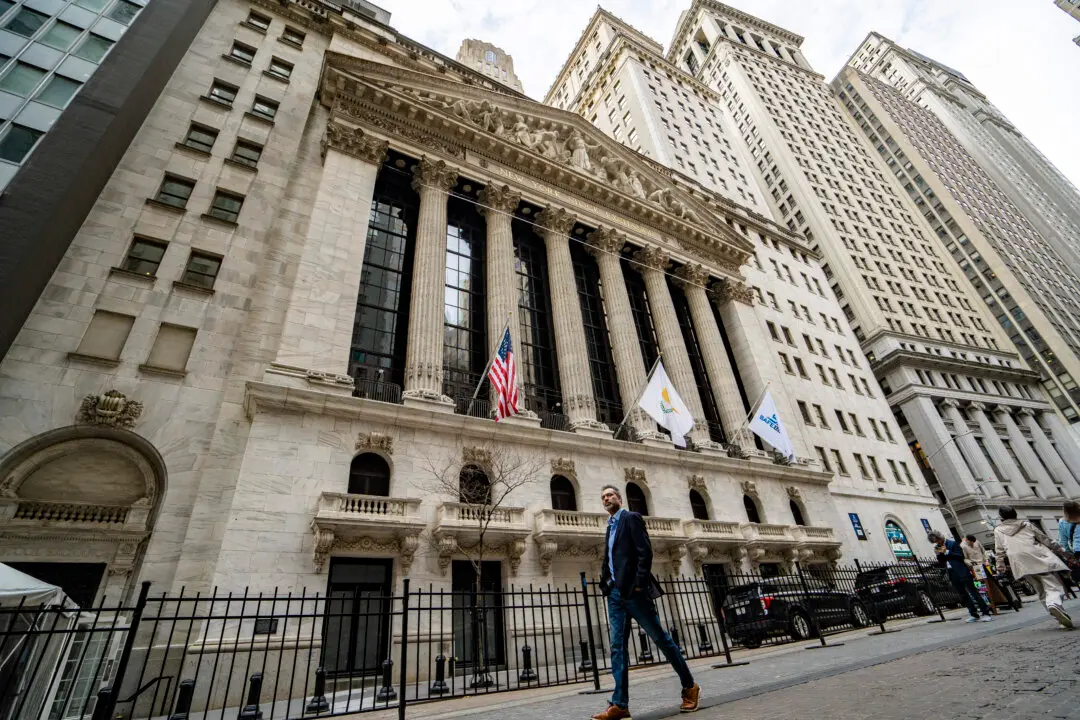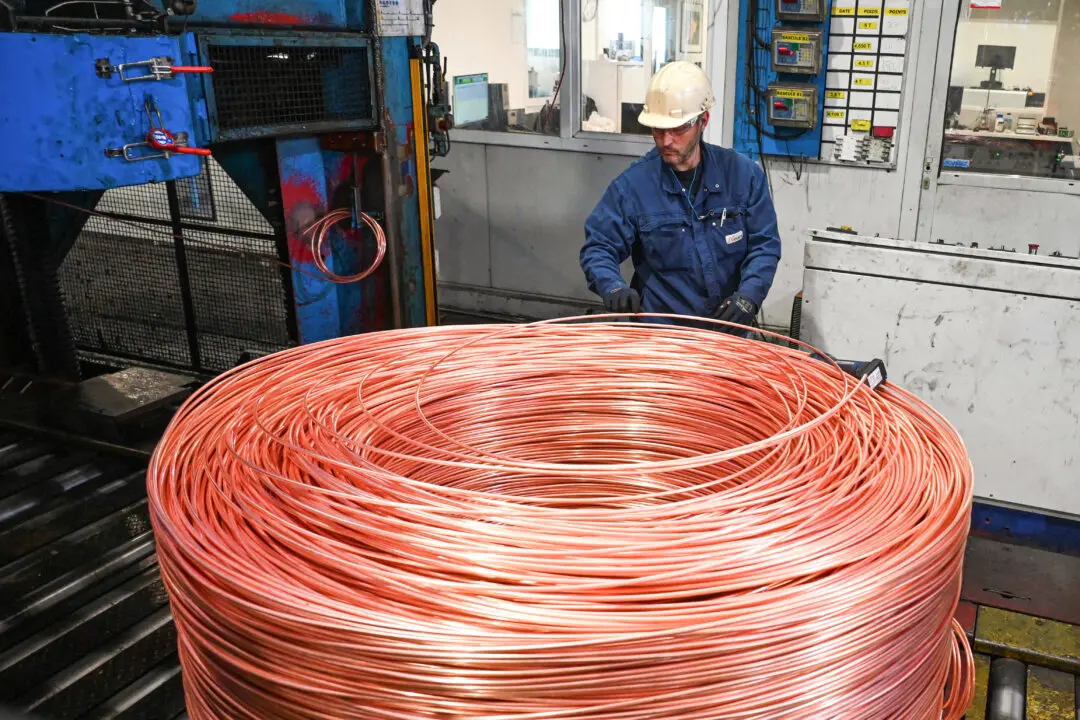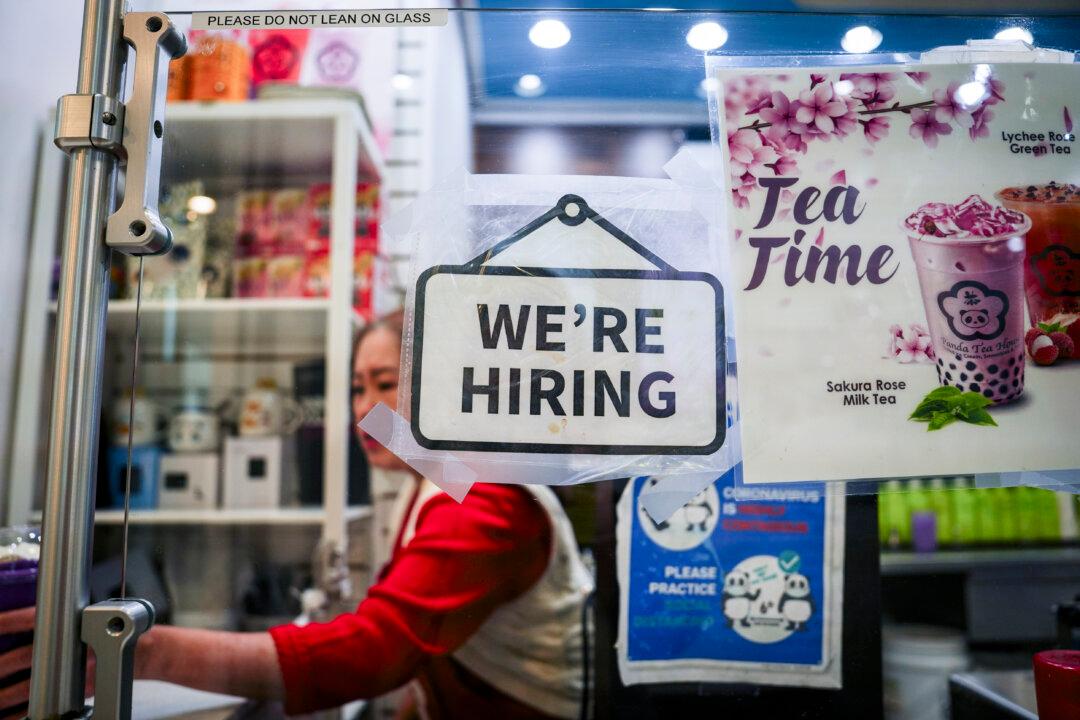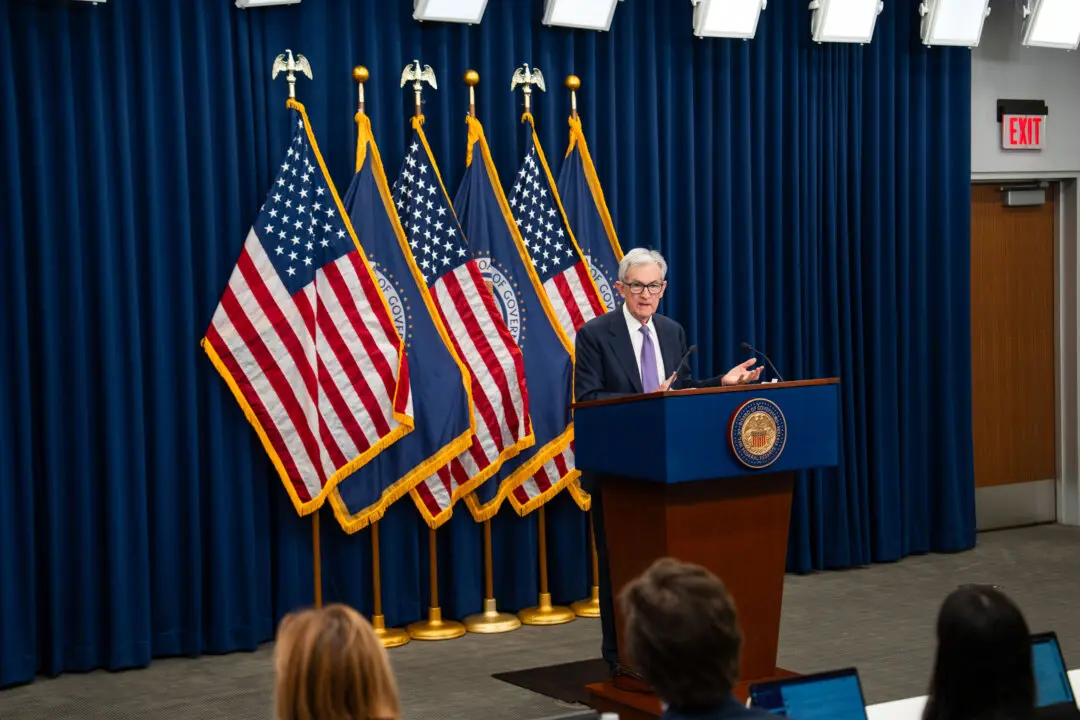The Federal Reserve’s policy rate might not need to rise as much amid tighter credit conditions stemming from the banking turmoil, Fed Chair Jerome Powell said during a panel discussion.
Speaking at the Perspectives on Monetary Policy panel at the Thomas Laubach Research Conference on May 19, Powell explained that the central bank’s financial stability tools had calmed the volatility in the banking system. However, at the same time, the latest developments in the sector, notably the tightening of credit standards, could weigh on economic growth, hiring, and inflation.
